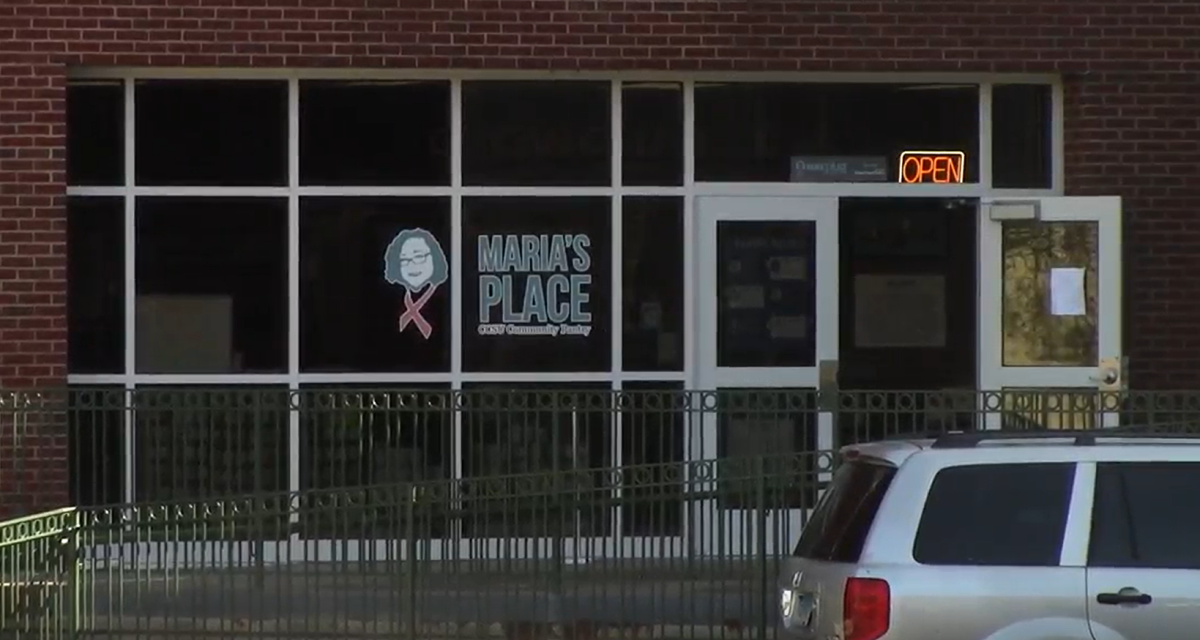NEW BRITAIN – Some local officials are attributing the rising cost of special education in the school district to the increasing number of students identified with special needs, some of whom require specialized services that are only available at schools and facilities outside the district.
According to the budget for the 2024-2025 school year, the school district is spending $10.3 million to pay for student outplacements, a 24.3% increase from the $8.3 million that was allocated for outplacements last year.
Superintendent of Schools Tony Gasper said the district spends about a third of its budget on special education despite students with special needs making up less than 20% of the total student population.
“Special education is probably somewhere around a third of the total school district budget, when you calculate all of the staffing, the out-placements and such,” Gasper said. “When you look at 17 or 18% of the students having identified special needs but it being roughly a third or more of our budget, you can see why it becomes such a cost driver.”
According to the budget, the money being spent on paraeducators increased by $130,740 from $5.6 million last year to $5.7 million this year. Gasper said more money is being put towards special education as more students are coming into the school system with learning disabilities and behavioral issues.
“We’re seeing a very strong rise and an acceleration of students on the autism spectrum,” Gasper said. “What that means is a greater portion of our budget is being shifted towards special education. We’ve had to hire additional paraeducators as well because the behaviors and the disabilities that we’re seeing coming in this year have been notable.”
Nathan Ziegler, the district coordinator of pupil services, said that 129 students were currently being outplaced, which is slightly less than at the same time last year. Despite this, Ziegler said more students are waiting to be outplaced.
“October of 2023, we had 133 students outplaced and seven pending,” Ziegler said. “Currently we have 129 outplaced, but 31 pending… The number of students outplaced were statistically similar, but this time, we have more students pending.”
Laura Jacobson, an assistant professor of special education at Central Connecticut State University, said that she doesn’t know if the number of special education students is increasing or if school districts are getting better at identifying them.
“We have numbers that are escalating, and there’s absolutely no question about that in terms of the number of kids being identified [with special needs],” Jacobson said. “I think it’s important to know that we don’t know that we weren’t under-identifying originally.”
Anthony Cane, a member of the Board of Education, said the cost of providing for special education students can range significantly based on their needs.
“It could be simply a matter of we have to have a paraeducator working with them one on one, or it could be that we have to send them to a special needs school,” Cane said. “Some of those special needs schools could cost the district up to a quarter of a million dollars per student.”
Cane said students with special needs often have an Individualized Education Plan, or IEP, that legally requires a school district to provide the student with whatever support is deemed necessary, no matter the cost.
“Some of these students have needs that New Britain is not equipped for,” Cane said. “If the IEP says that the service that he needs can only be provided by Oak Hill, or maybe a program out in Pomfret, or Greenwich or Springfield… we have to send them there.”
Tina Santana, a member of the Board of Education and mother of four children with special needs, said better communication between schools and families could help save money by preventing unnecessary efforts to understand a student’s needs.
“The relationship with the family really has to be restored so that we are understanding what the child is like at home and outside of school to support education in school,” Santana said. “The money that we spend trying to figure out what’s going on with the kid when we really could have just said ‘Hey Mom and Dad. What do you see at home? What can we do?’”
Cane said one of the ideas being considered to reduce the cost of special education and to keep students in New Britain is to turn an underutilized school into a special education facility. He said the facility would not only save the district money but could also generate revenue.
“Dr. Gasper has been looking at ways in the future to bring some of those kids back by creating some of these programs in-house,” Cane said. “We discussed one of our schools that is being underutilized. Is that a good location? What would it cost? What services can we provide at that school? What kind of renovations? What are we going to do with the kids that are currently there?”



